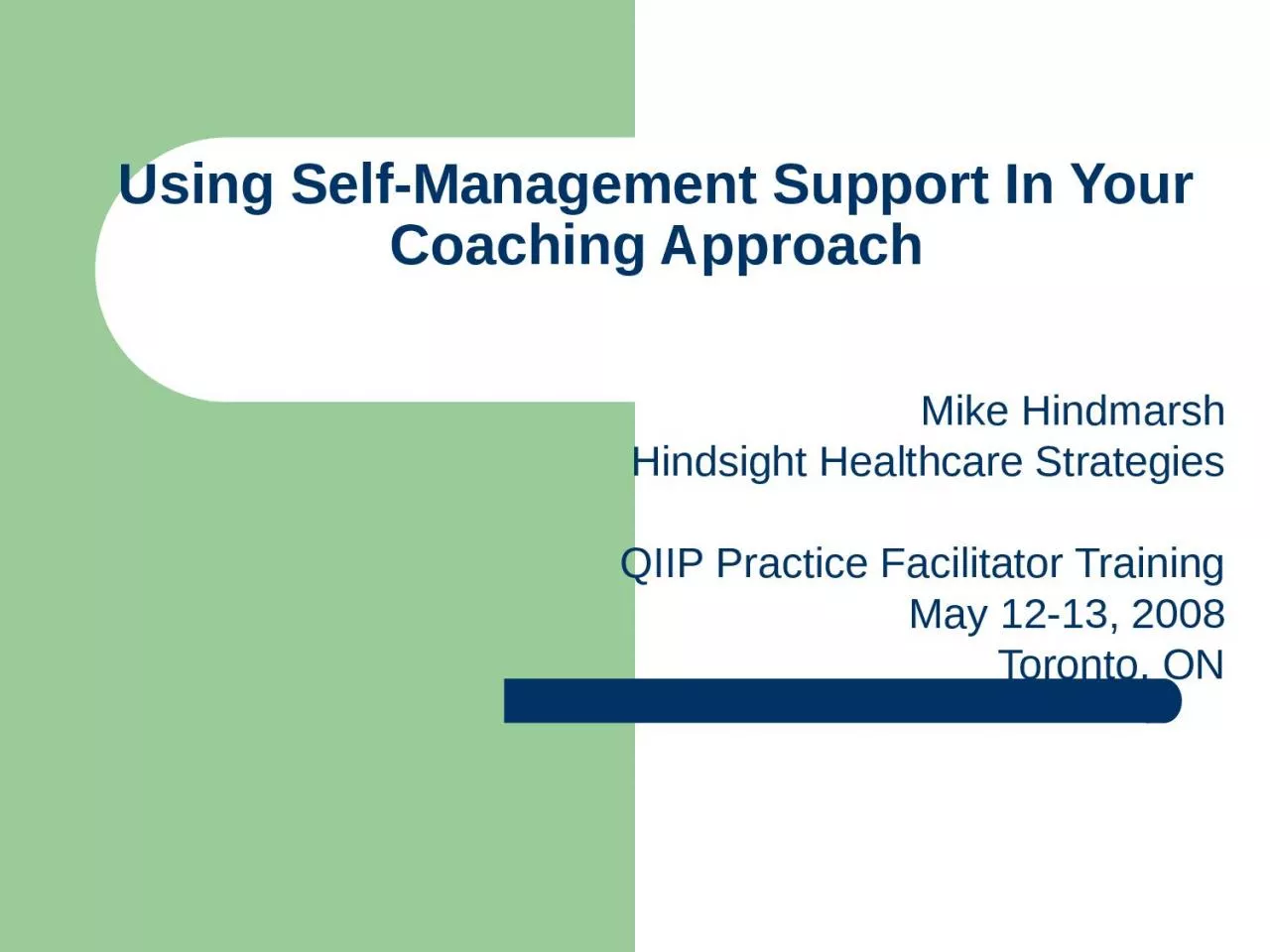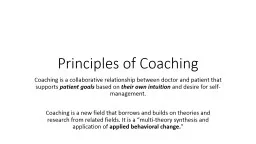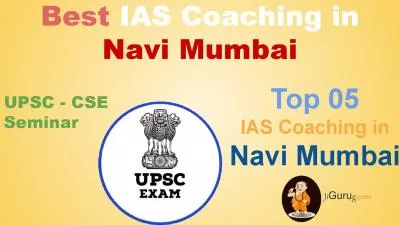PPT-Using Self-Management Support In Your Coaching Approach
Author : tremblay | Published Date : 2024-01-29
Mike Hindmarsh Hindsight Healthcare Strategies QIIP Practice Facilitator Training May 1213 2008 Toronto ON Informed Activated Patient Productive Interactions Prepared
Presentation Embed Code
Download Presentation
Download Presentation The PPT/PDF document "Using Self-Management Support In Your Co..." is the property of its rightful owner. Permission is granted to download and print the materials on this website for personal, non-commercial use only, and to display it on your personal computer provided you do not modify the materials and that you retain all copyright notices contained in the materials. By downloading content from our website, you accept the terms of this agreement.
Using Self-Management Support In Your Coaching Approach: Transcript
Download Rules Of Document
"Using Self-Management Support In Your Coaching Approach"The content belongs to its owner. You may download and print it for personal use, without modification, and keep all copyright notices. By downloading, you agree to these terms.
Related Documents














